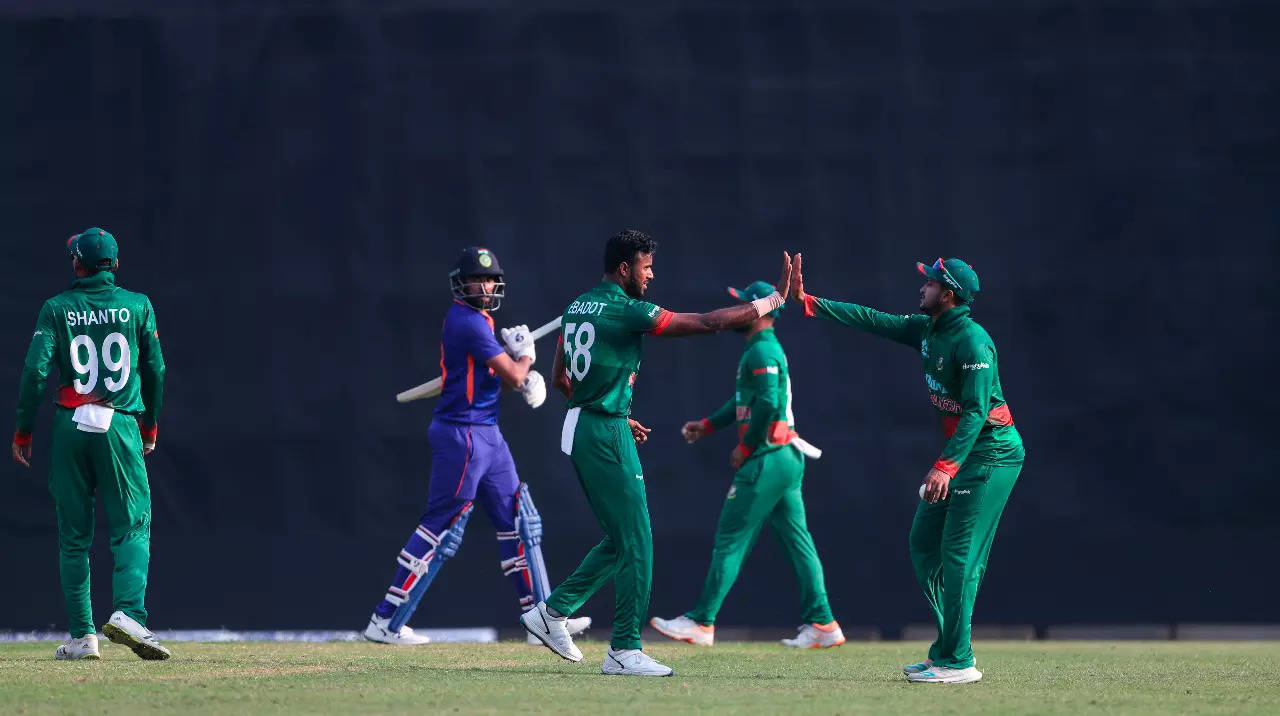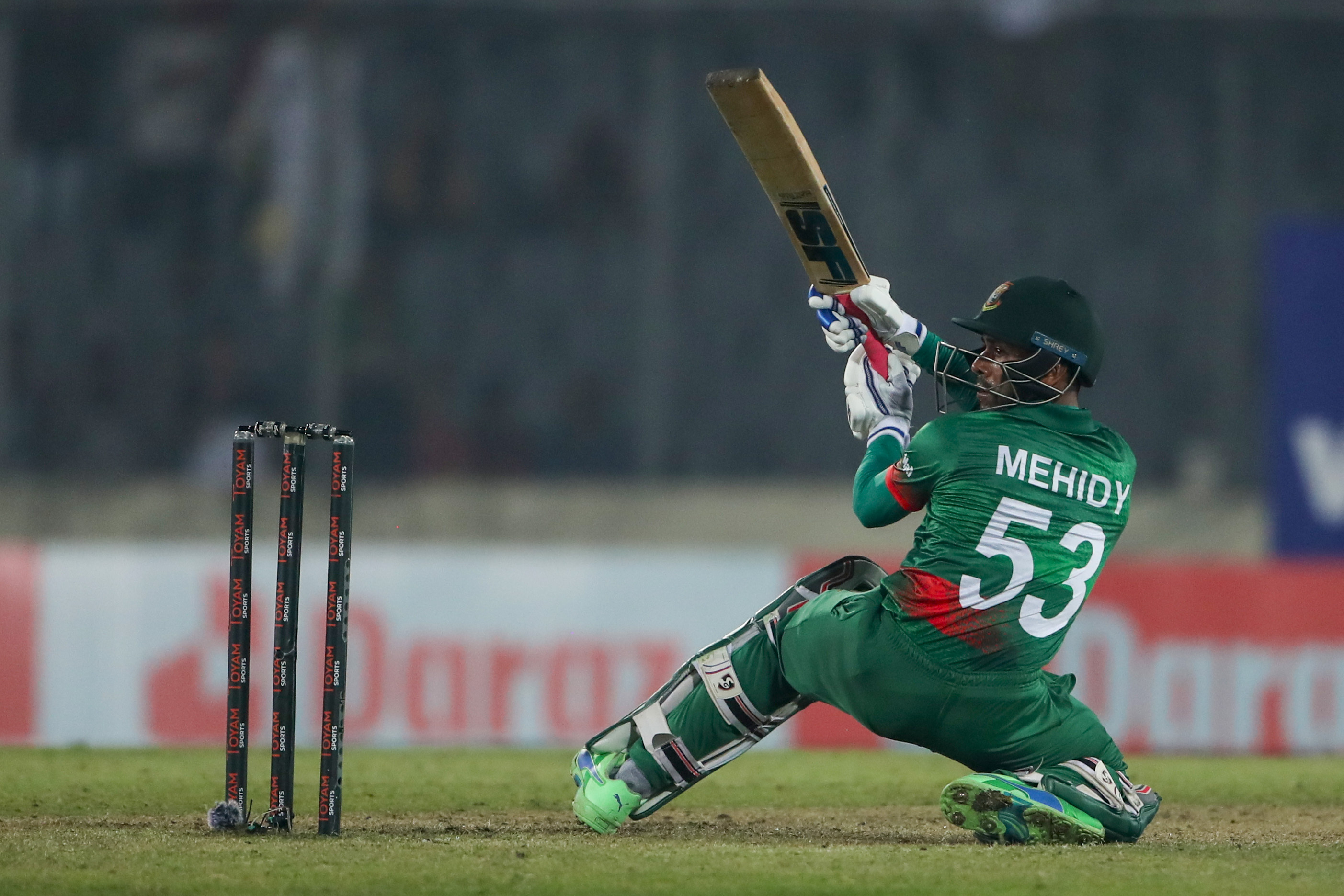Listen the Article:
IND vs BAN: In the first ODI match played between India and Bangladesh, the Indian team got defeated by 1 wicket. India’s batting in this match was very average. Batting first, the team put just 186 runs on the board at the loss of 10 wickets in 41.2 overs. After electing to bat, Bangladesh chased down the target and won.
However, chasing runs was not easy for Bangladesh. There was a lot of excitement throughout the match. After the match, Indian captain Rohit Sharma told who is actually responsible for this defeat. He talked about the team’s batting to bowling.
184 Was not enough
Talking after the match, Rohit Sharma said, “It was a very close match. We did well to get back in that position. We didn’t bat well. 186 was not enough, but we bowled very well and towards the end they found the pulse. If you look back at how we bowled from the first ball – obviously we would have liked to have bowled better towards the end – but we bowled pretty well for 40 overs.”

‘We need to learn and understand’
He further said, “We did not have enough runs. 25-30 more runs could have helped. We were looking at 240-250 after 25 overs. It is difficult when you keep losing wickets. We need to learn and understand how to play on these kind of wickets. There is no excuse for us because we are used to these difficulties.
Mehdi hassan won
Bangladesh batsman Mehidy Hasan won the match. He played the match-winning innings for the team at the last moment. After the fall of 9 wickets, Mehdi Hasan played an inning of 38 runs in 39 balls to win the team. He was also awarded ‘Man of the Match’ for this innings.





2 Comments
2 Pings & Trackbacks
Pingback:IND Vs BAN, 1st Test Day 2 Highlights: Bangladesh batsmen looked helpless in front of Siraj-Kuldeep. - Republic Aeon
Pingback:Cricket Controversies 2022: Five controversies of the cricket field this year - Republic Aeon